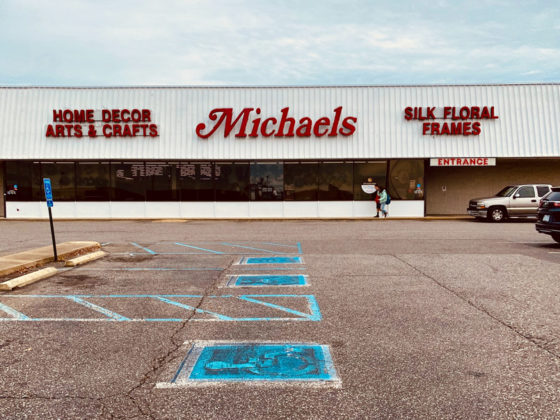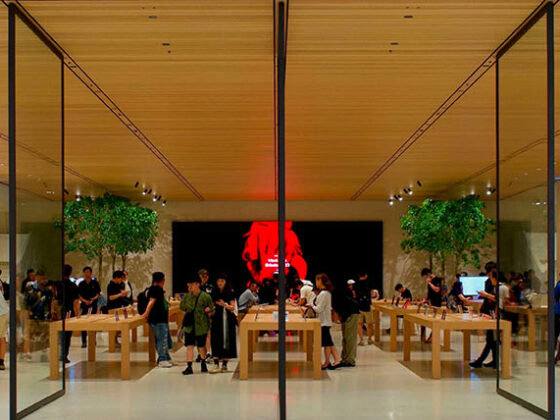Where you establish your next brick-and-mortar store will significantly impact your retail profit margins. There is no doubt that a poor location leads to slow foot traffic, bottoming sales, and store closures, but even an excellent location does not guarantee success. There are other factors to consider, and one that should be discussed as diligently as location is the retail lease. These ten tips will help you ensure that a retail agreement is in your favor.
1. Determine your budget
Do not try to stretch your finances too thin in the hope that sales will make up for lost margins. Your budget should be non-negotiable, and your discussions should only be with landlords that have spaces within your price range.
2. Separate your wants from needs
Budget may not be a negotiable aspect of the agreement, other than trying to lower the rent, but you can determine your retail space needs in advance, as well as those items on which you can compromise. Have a few bargaining chips ready and understand that while it would be nice to have everything on your list, some items may not be necessary.

3. Decide on the desired lease length.
Landlords have traditionally preferred long-term leases, offering cheaper rent in exchange, but with the influx of pop-ups and the demand for short-term leases, retailers have more flexibility. There are options to meet short- and long-term leases, so decide before the negotiations what term length your business will thrive on.
4. Have options
You should never put all your eggs in one basket. It is completely acceptable to negotiate more than one lease, even if you only plan on opening one location. This gives you an extra bargaining tool, as well as the ability to walk away if negotiations are not in your favor.
5. Prepare to barter
Never accept the initial price offer from the landlord. The asking price is deliberately high because they expect retailers to aim for a lower price. Start low with your initial bid and work towards a middle ground.

6. Beware phantom space
Measure the square footage of the retail space that you are considering for rent. Previous renters may have rearranged the space to suit their purposes, changing the available square footage, or landlords could be exaggerating is the size of the space offered.
7. Allow for mistakes and changes.
Measure the square footage of the retail space that you are considering for rent. Previous renters may have rearranged the space to suit their purposes, changing the available square footage, or landlords could be exaggerating is the size of the space offered.
8. Push certain responsibilities to the landlord
There are matters of renting a retail space that should stay in the hands of the landlord. A broken HVAC system can drain your finances considerably, as well as costs associated with whatever adjustments you must make to the space. You can incorporate a fixturization period into the lease, where the landlord waves rent and utilities for a month in exchange for creating an updated space.

9. Consider the perks
Once you near the end of the retail lease negotiations, you can return to the wants that you set aside from the needs earlier in the discussions. Employee parking and Wi-Fi can be expensive and can be arranged as free perks in the lease agreement.
10. Ask for legal assistance
A poorly negotiated lease can drain your business financially. When in doubt, never hesitate to solicit the skill of a retail real estate expert. They can ensure that the final lease offers the most opportunity for your business’s success, and that there are no loopholes that you could get caught in. Location is important, but the retail lease agreement is crucial to how well your business fairs in the space provided.




